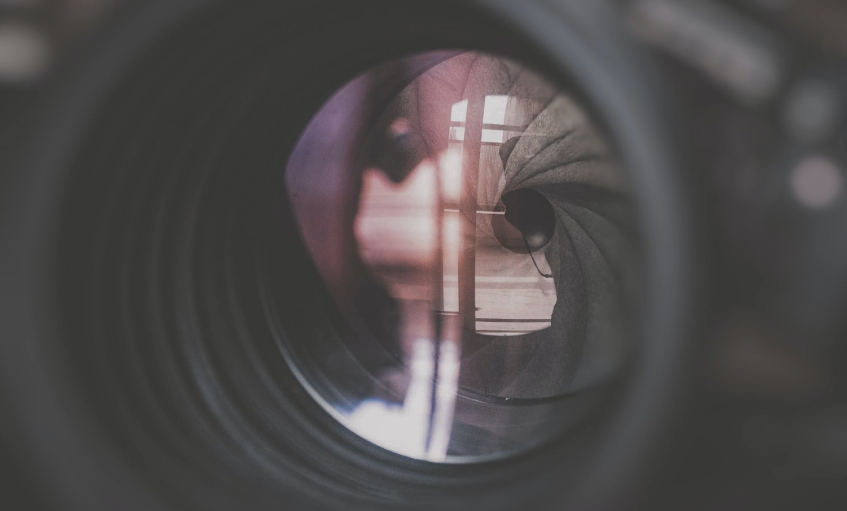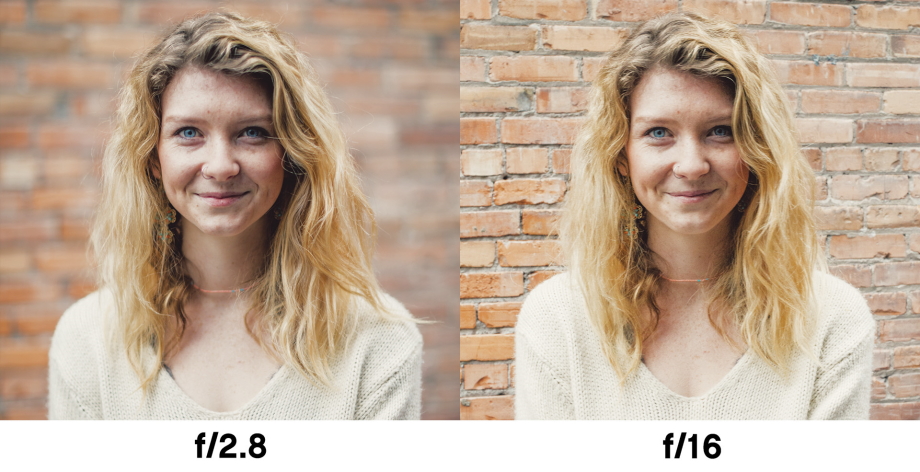Ways to Use F-Stops in Photography
- Published in: Guide to Fashion Photography
- Permalink

The f-stop is a term from photography that refers to the size of the aperture in a camera lens. The larger the f-stop, the smaller the opening, and vice versa. In this blog post, I will discuss how you can use different types of lenses to get specific effects with your photos.
Do you know what an F-stop is? It’s the measure of how much light can come into your camera. Of course, we all use these to help us capture the best possible image, but do you know how they work?
Understanding camera aperture
F-stops are a measurement of light that passes through the lens and reaches the sensor. The lower f-stop numbers represent larger openings in the lens (more light) so keep this in mind when shooting indoors with low levels of natural lighting or for close-up photography where you want loads of detail on tiny subjects like flowers. Higher F-stop numbers will give you sharper images because it allows less light to enter through the lens, meaning more control over overexposure.

There are two types of F-Stops, which are called “f/1” and “f/2”. The f1 has a wider opening than the f2 does. So, for example, when you’re trying to take pictures in low light conditions, the f1 is better because it’s letting more light in through its lens. However, if you need your subject or background blurry for portraits, the f2 would be best for this type of picture.
F-number values of photographic objectives
Aperture is a very important feature to consider when you are taking photographs. This impacts the depth of field, which is how much of your photograph will be in focus. A shallow depth of field means that only one object will be in sharp focus, while everything else will have an out-of-focus blur. A deep depth of field means that everything from close up to infinity will also be in focus. F-stops are measurements for this type of setting and can range anywhere from 1 to 22, depending on what level of precision you need for your shot.

F-stops are the different sizes of light that come through your camera lens, which determine how much light is allowed to reach your sensor. For instance, a lens with an aperture set at f/2.8 will have more light coming in than one set at f/11. With so many settings available to you as a photographer, it can be not easy to keep track of all the various F-stop combinations and their effects on pictures. That’s where this blog post comes in. We’ll take you to step by step through easy ways to use F-stops in photography for stunning results every time.

 Started in 2008 by Kelly Williams, blogger and podcast host. Baker World was a way to finally combine her passions of writing and activism. She is a cohost for the new podcast, a podcast about movies, pop culture and politics with her two cohosts.
Started in 2008 by Kelly Williams, blogger and podcast host. Baker World was a way to finally combine her passions of writing and activism. She is a cohost for the new podcast, a podcast about movies, pop culture and politics with her two cohosts.